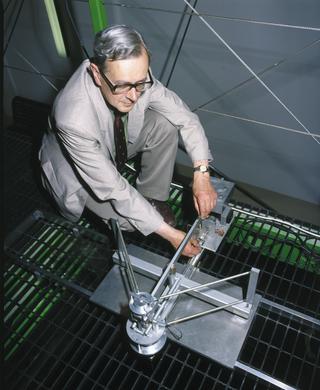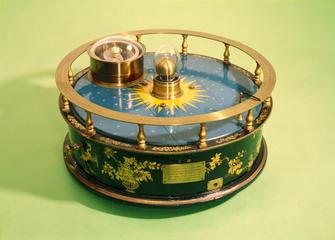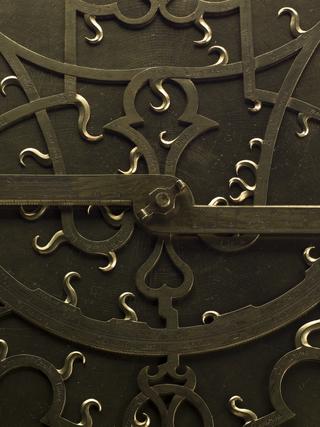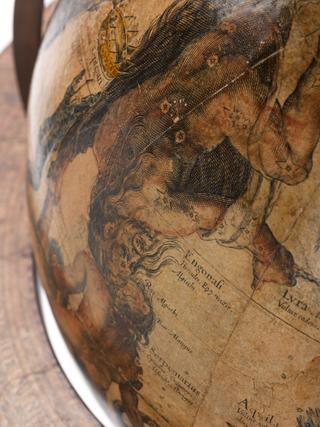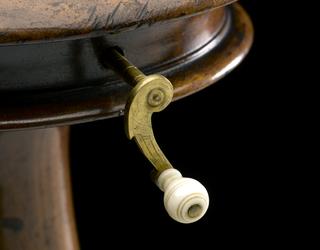
Kew Photoheliograph








Kew photoheliograph designed by Warren De la Rue for the Royal Society, London, in 1857 and made by Ross, London. Used for daily photography of the Sun at the Kew Observatory and Royal Observatory, Greenwich. Transported to Rivabellosa in Northern Spain where it was used to photograph the eclipse of the Sun on July 18th 1860. Similar photographs taken by Father Secchi 500 km away showed identical prominences which proved that they were integral to the Sun rather than terrestrial atmospheric effects..
The Kew Photoheliograph was the first astronomical instrument specifically designed for photographing celestial objects. Designed for the Royal Society by Warren de la Rue in 1857, it was built by instrument maker Andrew Ross, London. First installed at Kew Observatory, it was used to take regular photographs of the Sun. Later it was taken to Northern Spain; here it was employed to photograph the 1860 total eclipse of the Sun. The resulting images were used to resolve the debate as to whether prominences, red flames seen at solar eclipses, were intrinsic to the Sun or atmospheric effects. It was subsequently used as a model for a whole series of photographic telescopes for recording the Sun.
Details
- Category:
- Astronomy
- Object Number:
- 1927-124/1
- Measurements:
-
overall: 2380 mm x 1700 mm x 1100 mm, 398 kg
- type:
- photoheliograph
- credit:
- The Royal Society
